
The eastbound California Zephyr passes the monument to the dome car at the spot where the idea for such a passenger car was conceived near Colorado’s Glenwood Canyon. Such a magnificent train, indeed, such an incredible car, might not have been possible without the Centennial State. Everett L. DeGolyer Jr. photo […]
Read More…
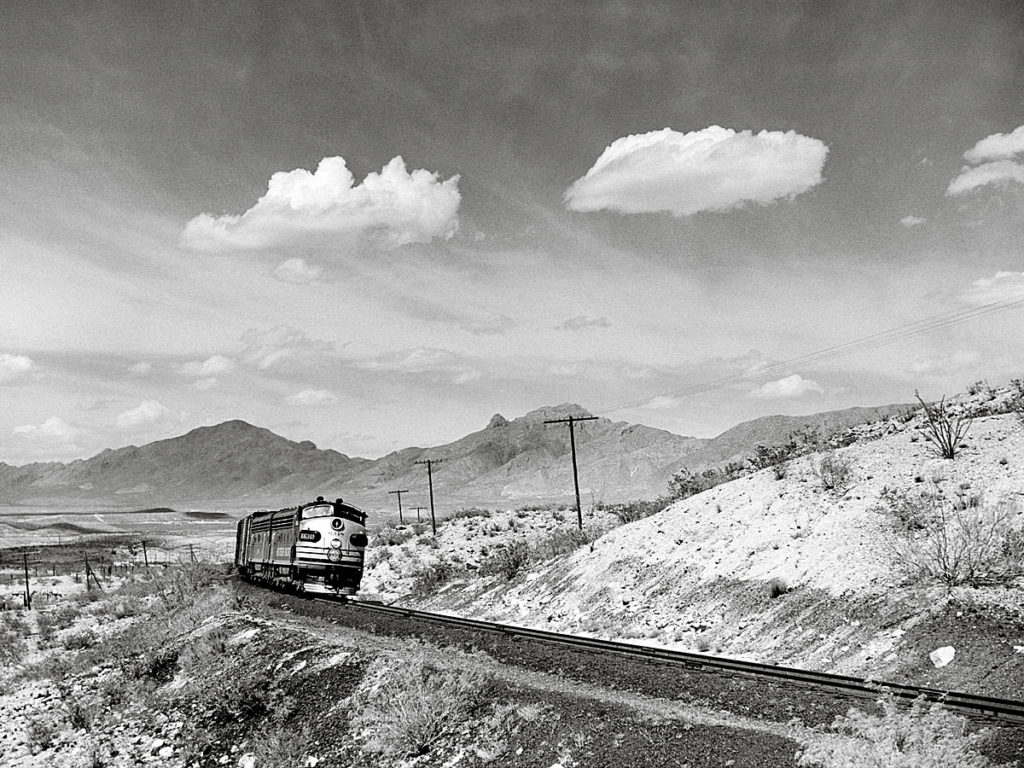
A westbound Southern Pacific freight from El Paso, Texas, passes through the Rio Grande Valley in New Mexico in 1952. SP’s eastward construction reached El Paso in 1881; by 1883, the company had cobbled together a route that reached New Orleans. R.D. McIntyre photo […]
Read More…
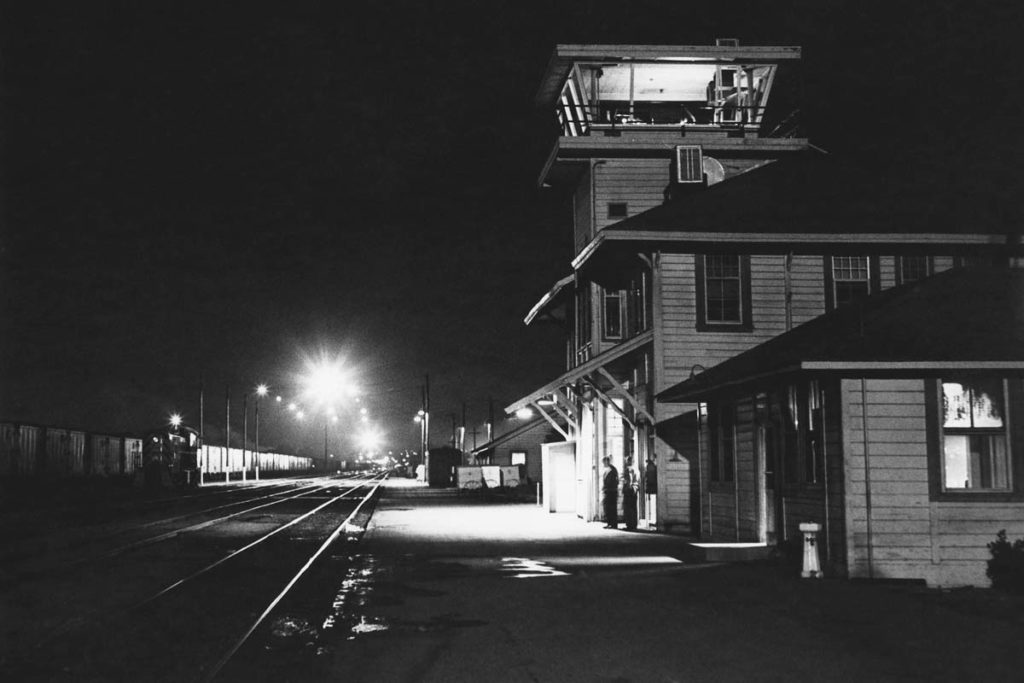
The crew of Southern Pacific Extra 6311 East ties up at the Sparks, Nev., yard office, 2 miles east of Reno. The men have moved their train of 5,002 tons 137 miles from Sacramento, including a vertical climb of 6,723 feet and a descent of 2,459 feet. Philip R. Hastings photo […]
Read More…
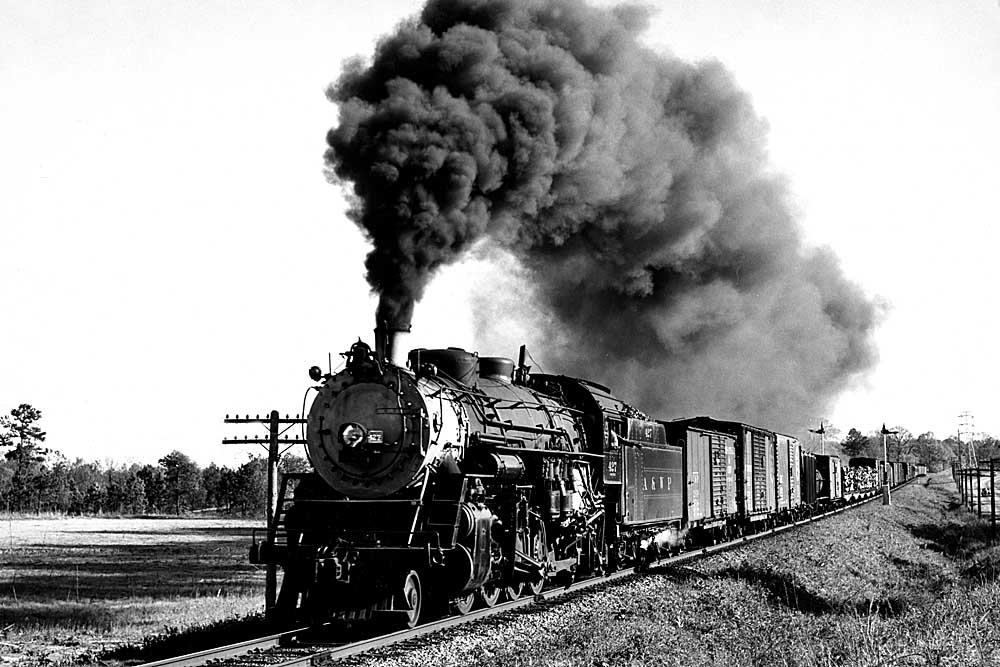
Atlanta & West Point locomotives were carefully curated alongside those of its sister roads. Although much of the West Point roads’ 20th-century steam locomotive fleet looked like the “Georgian Locomotive” memorialized by H. Stafford Bryant Jr. in his book of the same name — a handsome, elegant group — perhaps the most interesting […]
Read More…
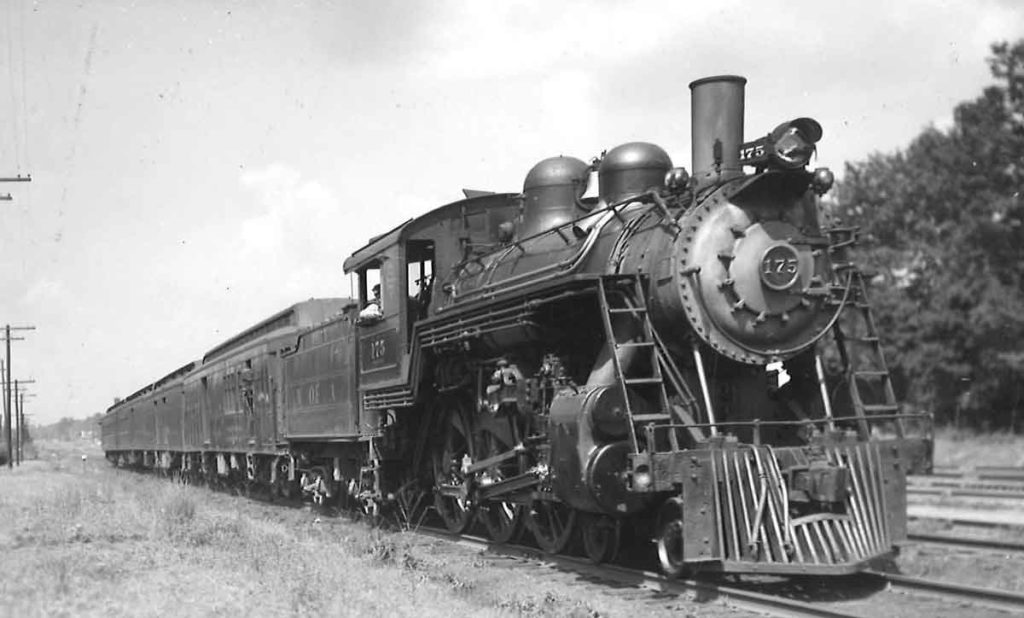
West Point Route passenger trains: All through October 2024, Classic Trains editors are celebrating the history and heritage of the West Point Route: Atlanta & West Point and Western Railway of Alabama. Please enjoy this photo gallery of West Point Route passenger trains, originally published online in 2017. […]
Read More…
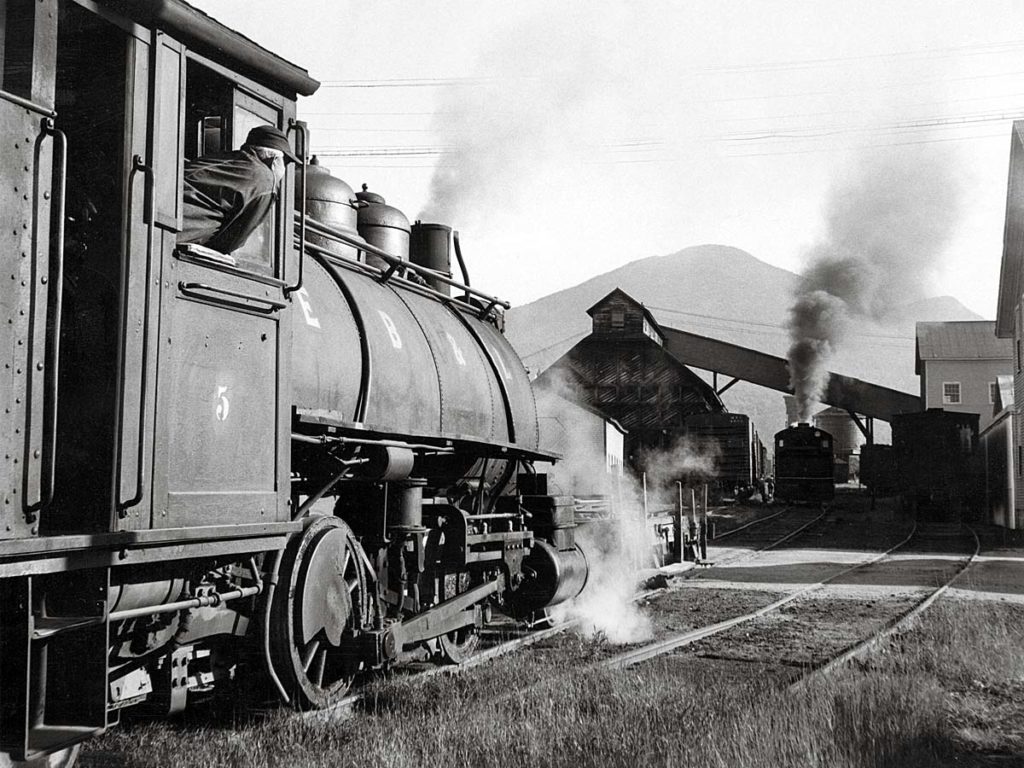
Lettered East Branch & Lincoln, but belonging to Franconia Paper Co., 2-4-2T No. 5 works at Lincoln, N.H., with sister 0-4-0T No. 3. Philip R. Hastings photo […]
Read More…
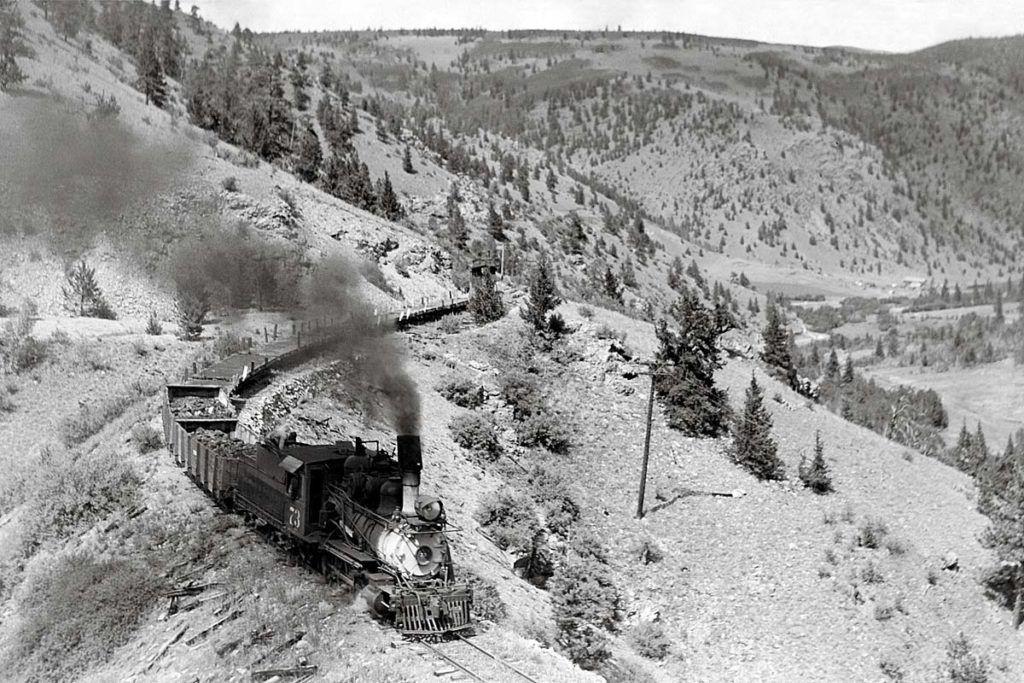
Colorado & Southern 2-8-0 No. 73 follows 3-foot-gauge tracks toward the summit of Kenosha Pass, high above the canyon near Webster, Colo., on July 14, 1938. Soon these tracks of the South Park Line will be abandoned. R.H. Kindig photo […]
Read More…
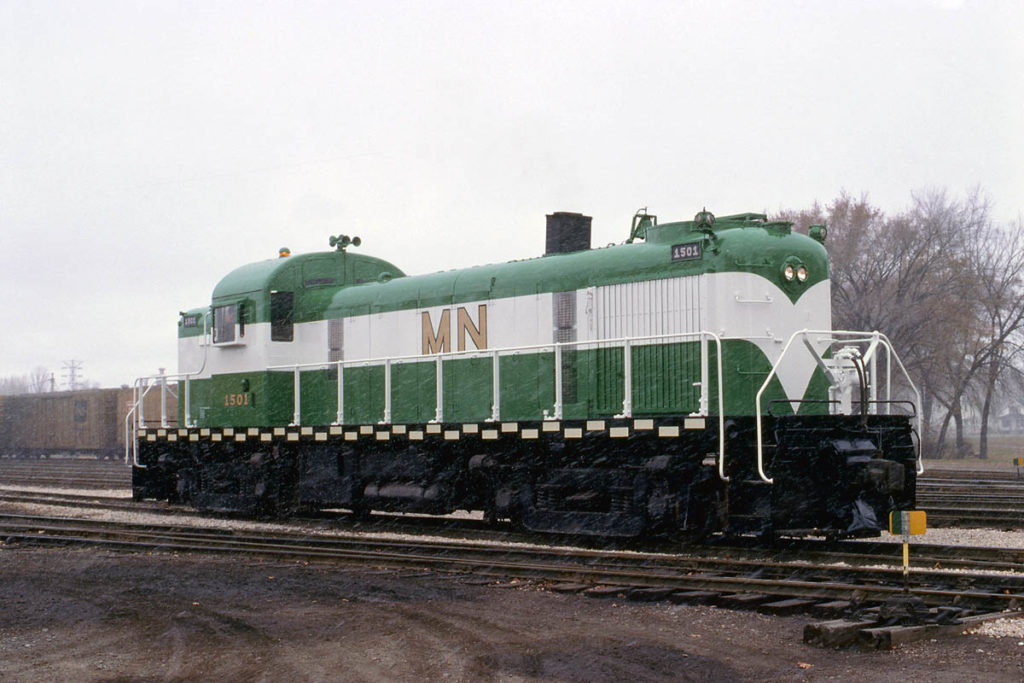
Michigan Northern RS2 No. 1501 works in the rain on Oct. 7, 1978. Its main line consisted of the former Pennsylvania Railroad route from Grand Rapids to Mackinaw City and it operated from 1976 to 1986. Fred Hamilton photo […]
Read More…

The Pennsylvania Railroad had 100 such 60-foot class X40B boxcars with 7-foot doors for merchandise service, a role made clear by the cars’ paint scheme. Pennsylvania Railroad photo […]
Read More…
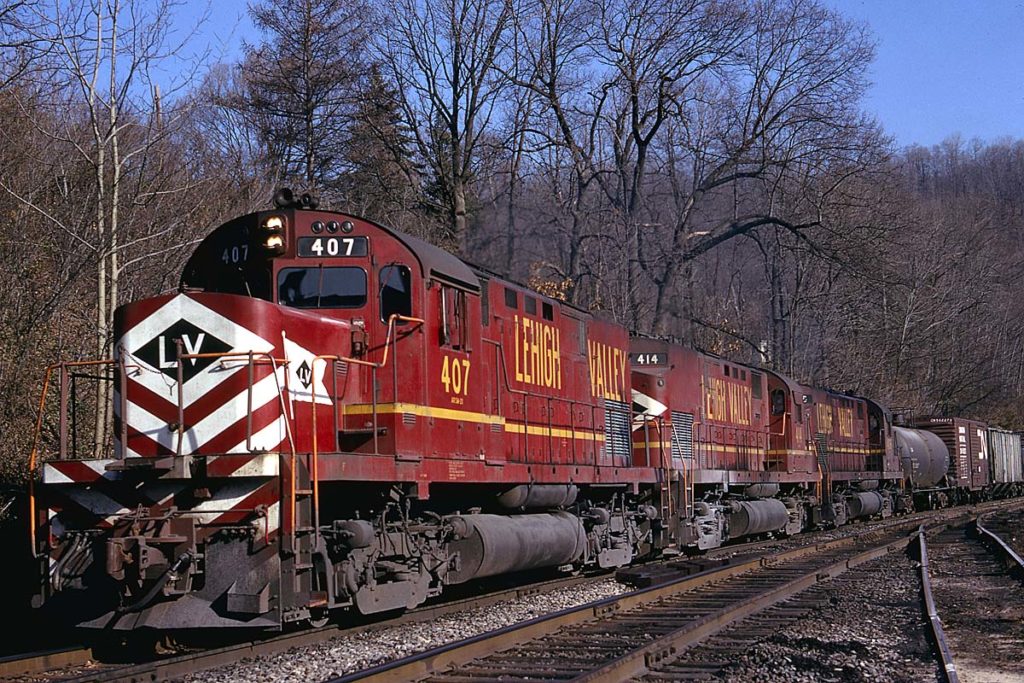
Three Lehigh Valley Alco C420s fly the company flag at Treichler, Pa., in May 1974. The units were delivered in the mid-1960s in gray and yellow. Mike Bednar photo […]
Read More…
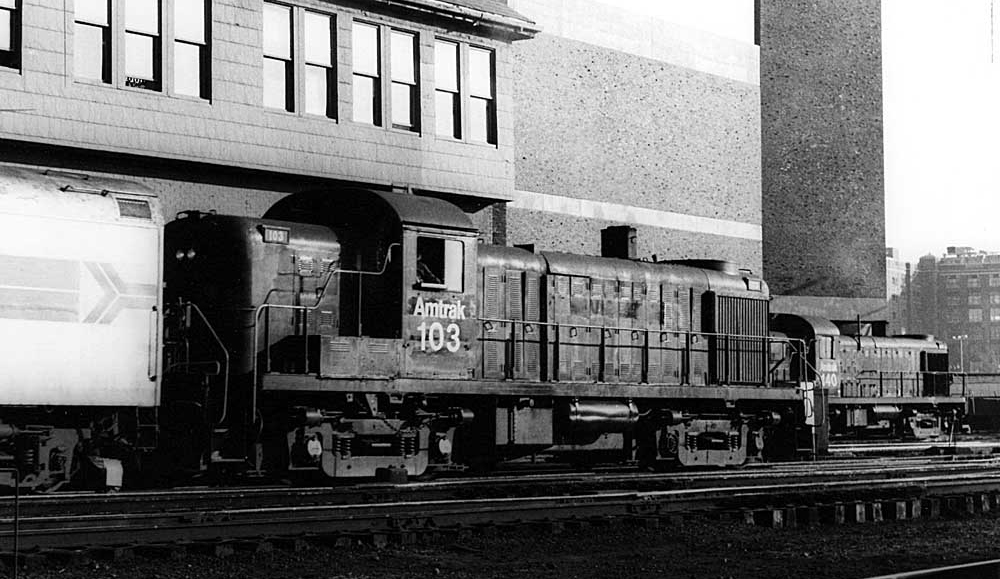
Amtrak RS3 diesel locomotives supported operations on the Amtrak-owned Northeast Corridor between Boston and Washington, D.C. The RS3 was Alco’s best-selling road switcher model with 1,265 units sold to more than 50 railroads between 1948 and 1962. Marketed as a multi-purpose unit, some roads, including but not limited to Pennsylvania, Rock Island, and Western […]
Read More…
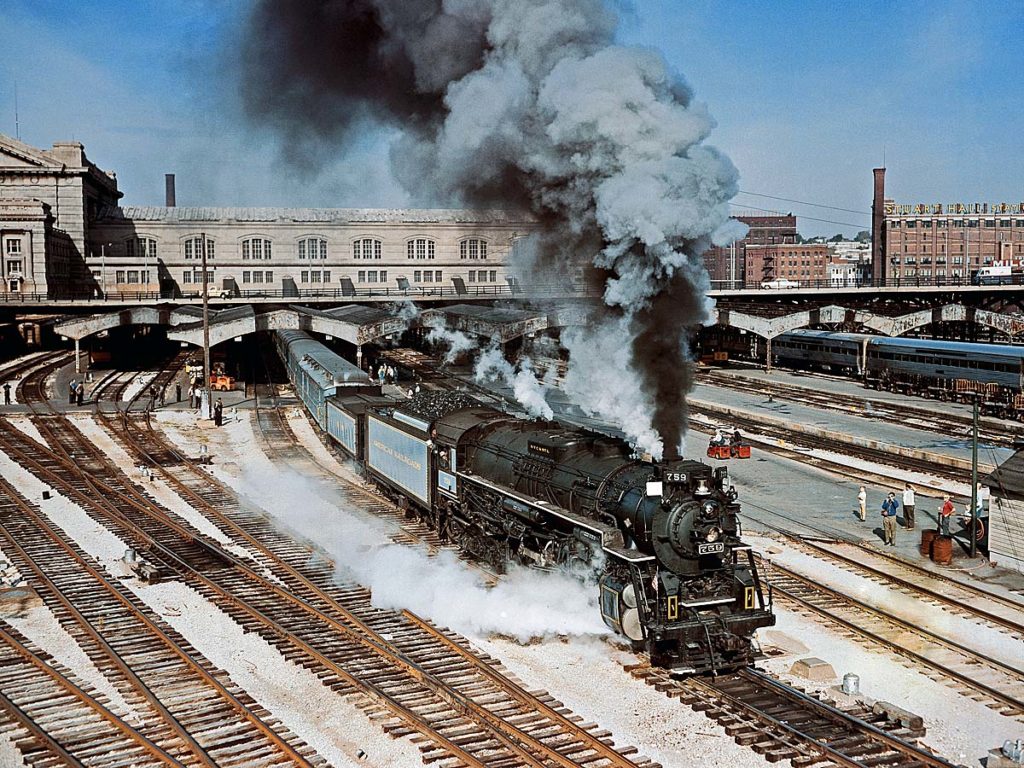
The Golden Spike Centennial Limited leaves Kansas City (Mo.) Union Station on May 14, 1969, St. Louis-bound via Norfolk & Western. Don Wood photo […]
Read More…












